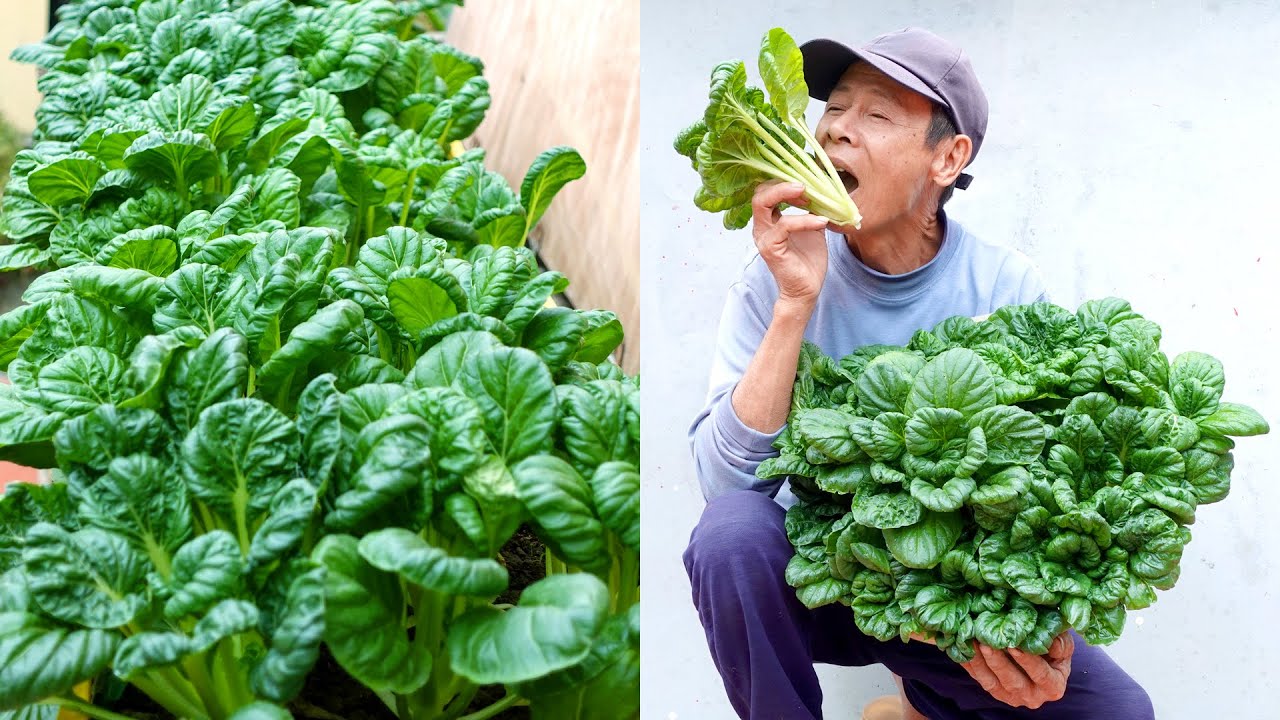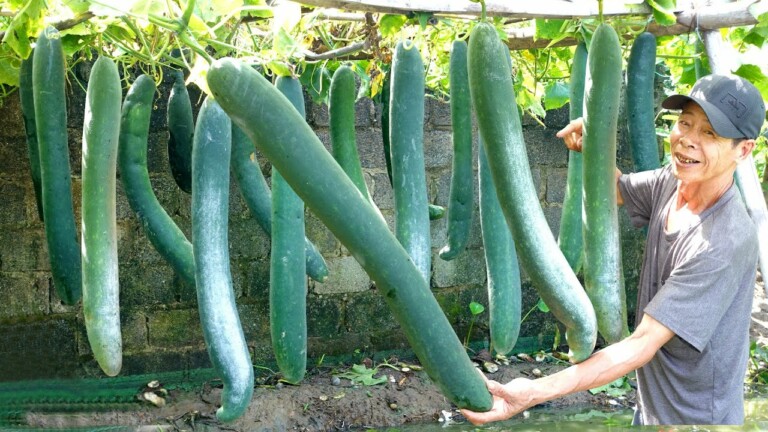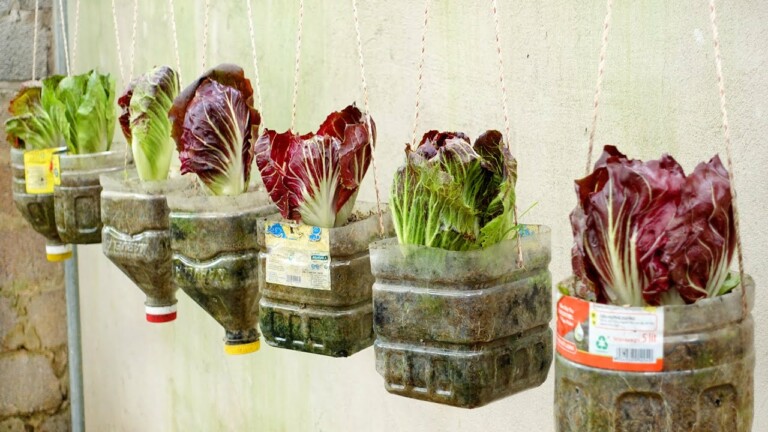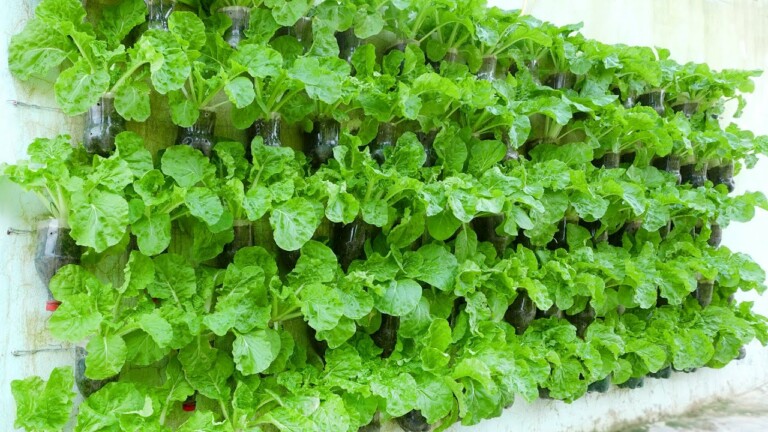No need for a garden, Growing Strawberries at home is very easy and has a lot of fruit
Welcome to our blog post where we unveil the secrets of growing strawberries right at the comfort of our homes! Forget about the constraints of having a garden, because we are about to reveal how easy it is to experience the joy of cultivating these delicious fruits in our own space. With our tried-and-tested methods, you’ll be enjoying an abundance of fresh, juicy strawberries in no time. Join us as we explore the wonders of homegrown strawberries and uncover a world of flavor that awaits us!
Growing Strawberries at Home: No Garden Required
Introduction
Are you a strawberry lover who dreams of picking fresh, juicy berries from your own backyard? Well, guess what? You don’t need a big garden or acres of land to make your strawberry dreams come true. In this article, we will show you how to grow strawberries at home, even if you don’t have a garden.
Mixing Soil for Vegetable Gardening
Before we dive into the exciting world of growing strawberries, let’s talk about soil. Creating the perfect soil mix is crucial for the success of your strawberry plants. Whether you plan to grow them in containers, hanging baskets, or raised beds, the right soil is the foundation of a thriving strawberry garden.
To start, gather the following ingredients:
- Garden soil or compost
- Perlite or vermiculite
- Organic fertilizer
- Coconut coir or peat moss
Now, let’s get our hands dirty and mix up some soil! Follow these steps:
-
Start with a clean container or raised bed. Ensure it has proper drainage holes to prevent waterlogging.
-
Combine equal parts garden soil or compost and coconut coir or peat moss. This will improve soil structure and water retention.
-
Add a handful of perlite or vermiculite to enhance drainage and prevent soil compaction.
-
Mix in a small amount of organic fertilizer to provide essential nutrients for your strawberry plants. Follow the package instructions for the correct dosage.
-
Thoroughly blend all the ingredients together until you achieve a well-integrated soil mix.
Watch the Video Tutorial on Soil Mixing
If you prefer a visual guide to soil mixing, we’ve got you covered. Check out our video tutorial on YouTube: https://youtu.be/TZozsisfpmE. This step-by-step demonstration will walk you through the process, ensuring you have the perfect soil mix for your strawberries.
No Garden Needed, Full Benefits Enjoyed
Now that you’ve successfully prepared your soil, it’s time to start planting your strawberries. The beauty of growing strawberries at home is that you can do it without a garden. Here are some options to explore:
-
Containers: Get creative with various sizes and shapes of containers. From pots to hanging baskets, strawberries can thrive in these confined spaces. Just make sure they receive ample sunlight and proper drainage.
-
Vertical Gardens: Utilize your vertical space by growing strawberries in wall-mounted planters or specially designed vertical gardening systems. This method allows you to maximize your growing area while adding a touch of green to your walls.
-
Window Boxes: If you have limited space but still want to enjoy the delights of strawberry cultivation, window boxes are a fantastic option. Place them on your windowsill or hang them outside your balcony or patio for an instant strawberry patch.
No matter which method you choose, remember to water your strawberry plants regularly and provide them with plenty of sunlight. You can even grow strawberries indoors with the help of grow lights if natural light is scarce.
FAQs (Frequently Asked Questions)
-
Can I grow strawberries in a small garden?
Yes, absolutely! Strawberry plants are adaptable and can thrive in small gardens. They can be grown in beds or containers, making them perfect for small-scale gardening. -
How often should I water my strawberries?
Strawberries require regular watering, especially during hot summer months. Aim for about an inch of water per week, keeping the soil moist but not waterlogged. -
When is the best time to plant strawberries?
The ideal time to plant strawberries depends on your location. In most regions, it is best to plant them in early spring or late summer. Check with your local gardening center for specific planting recommendations for your area. -
Do strawberries need full sun or partial shade?
Strawberries thrive in full sun, preferably receiving at least 6-8 hours of direct sunlight each day. However, they can tolerate partial shade, albeit with slightly reduced fruit production. -
How long does it take for strawberries to mature?
After planting, strawberries typically take around 4-6 weeks to produce their first fruits. However, full maturity can take up to 4 months, depending on the variety.
Conclusion
Growing strawberries at home is not only a fruitful endeavor but also an accessible one, regardless of whether you have a garden or limited space. By mixing the right soil and choosing suitable containers, you can enjoy the benefits of plump, homegrown strawberries straight from your own little patch of paradise.
So, don’t wait any longer! Explore the wonderful world of #teogarden, #Growing, and #Strawberries on social media, and start your strawberry-growing journey today. We hope this information has been helpful to you. Thank you for reading and watching!
Don’t forget to subscribe to our channel for more exciting gardening tips and tricks: https://bit.ly/3Gnc9Zt. Happy strawberry growing!






